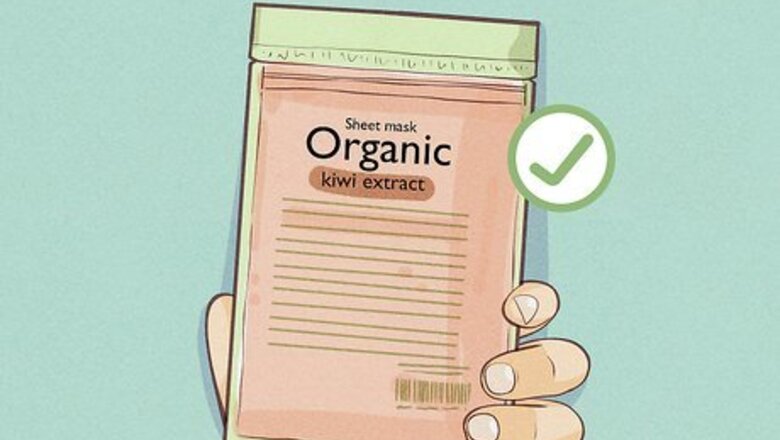
views
Choosing a Mask
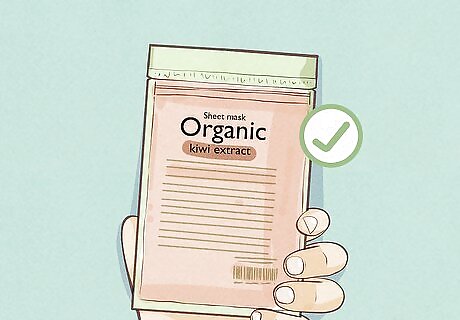
Look for natural ingredients. When you’re browsing different sheet masks, check the ingredient list on the package. No matter your skin type, it’s best to go with ingredients that are natural and generally beneficial for your skin. Look for the word “organic” and grab a mask that has aloe and/or kiwi extract. Stay away from masks that contain synthetic dyes, parabens, and mineral oils, as these can all irritate the skin. Aloe has moisturizing and cleansing qualities that may help to fight aging, heal sores, and reduce acne. Kiwi extract may help with keeping your skin firm and soft.
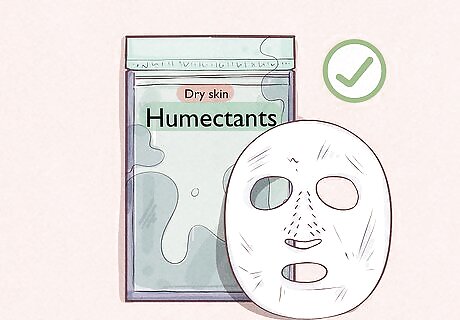
Treat dry skin with humectants. Humectants typically do a good job with hydrating your pores and minimizing fine lines on your face. Get a sheet mask that contains humectants, such as hyaluronic acid, butylene glycol, and glycerin, to get rid of flaky skin.

Clear up acne with a snail extract gel mask. This is beneficial to those who struggle with acne because it helps the skin retain water and also heals and soothes blemished skin. If you’re dealing with a breakout, consider looking for a gel sheet mask instead of a regular cotton one, as a gel mask may help more with acne. Snail extract is also beneficial for those with normal skin.

Use a yogurt mask on oily skin. These masks help minimize your pores and also keep oil production under control. Additionally, yogurt acts as a natural exfoliant that effectively cleans out pores.
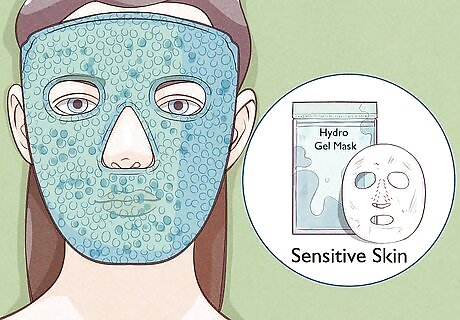
Get a clear gel mask to soothe sensitive skin. This type of mask moisturizes inflamed areas and is also very soothing on irritated skin. It will leave your skin looking attractively soft and dewy. This type of mask is especially beneficial to those with skin conditions, such as eczema.
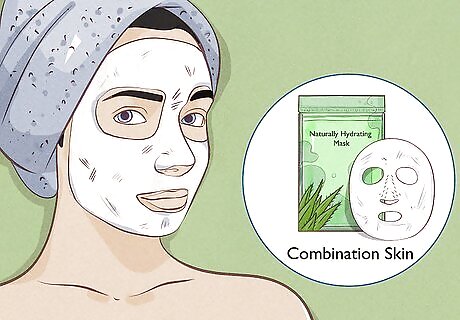
Get a naturally hydrating mask if you have combination skin. If your t-zone is typically oily but other areas of your face are dry, get a mask that prioritizes cleansing and hydrating. Look for natural ingredients, like sea kelp, that help the skin shed toxins and moisturize the skin at the same time.

Read product labels. Often, sheet mask packages will contain information on which skin types benefit the most from the specific product. Refer to the packaging for guidance in this area.

Read reviews online. There are a lot of different sheet masks out there to choose from. If you feel stuck between a few different ones that all seem to cater to your skin type, go online and look up reviews for each product. Go with the one that seems to have the best reviews overall.
Cleaning Your Face
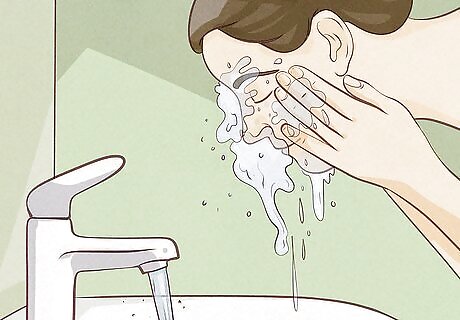
Wash your face. Wash your face before putting the mask on so that your skin is best equipped to soak in the essence. Create a lather with a cleanser of your choice and warm water and massage it into your skin. Then rinse it off with fresh water and pat your face dry with a hand towel. If you have oily skin, look for a oil-control cleanser that deep cleans pores and balances pH. If you have dry or combination skin, get a hydrating cleanser that washes away impurities without stripping away your natural oils. If your skin is sensitive, try dense, creamy, foaming cleansers that balance pH.
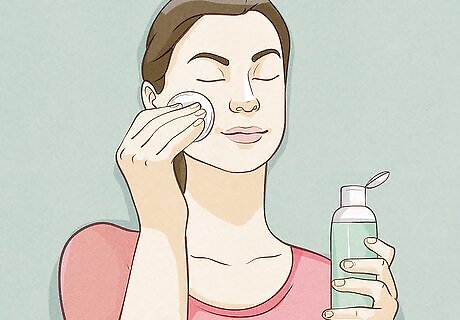
Apply toner to your face. Toner takes the cleansing to a deeper level by making pores look smaller, balancing pH, and picking up any left behind makeup or dirt. Put a few drops of toner onto a cotton ball and rub it all over your face. This will prepare your skin for the mask so that it can fully reap the benefits of the essence. No matter your skin type, look for a toner that has aloe vera, rose, chamomile extract, cucumber extract, lavender and/or hyaluronic acid. If you have oily skin, get a toner that contains sandalwood or tea tree. If you have normal or combination skin, look for a toner that contains willow bark or witch hazel. If your skin is dry and/or sensitive, use a toner that contains calendula.
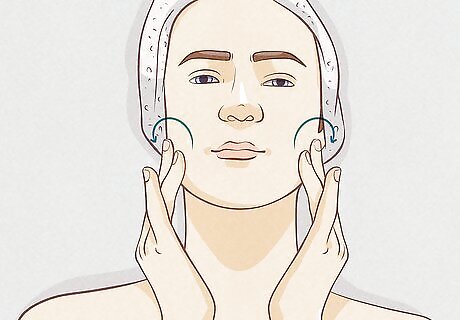
Open the mask package and massage the essence into your skin. Carefully pull out the sheet mask and squeeze the essence into your palm. Put the sheet back into its package and use your hands to massage the excess essence into the skin on your face, neck, and upper chest.
Wearing Your Mask

Put the mask on. Carefully remove the mask from its package again and unfold it completely. Lay it on your face, making sure to match up the eye, nose, and mouth holes. Spend a few seconds pressing the sheet mask onto your skin so that it sticks and makes as much contact as possible. Barney J. Kenet Barney J. Kenet, Skin Care Specialist Before applying a sheet mask, make sure your face is clean and dry, and avoid leaving it on for too long to prevent irritation. After removing a sheet mask, gently pat any remaining serum into your skin to help it absorb fully.

Keep the mask on for about 20 minutes. Check the package for timing directions and follow them strictly. Most sheet masks need to be kept on for 15 or 20 minutes, and no longer. Turn on some music and lay on your back with your eyes closed while you let the mask work its magic. If you leave the mask on for too long, it may dry out and start pulling moisture back out of your face. Set a timer if you’re worried you’ll lose track of time.
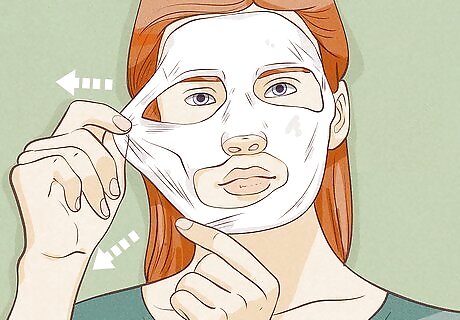
Peel the mask off. After the correct amount of time has passed, peel the sheet mask off by starting at the chin and pulling up. Then, discard the mask.
Locking in the Essence
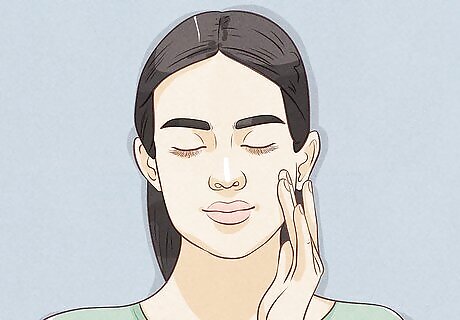
Massage the leftover liquid into your face. The essence is great for your skin, so resist the urge to scrub, wipe, or wash it off of your face. Instead, use your fingers to dab in the essence that remains on your skin.

Lock everything in by applying moisturizer. Once most of the essence has absorbed into your skin, squirt a bit of your favorite moisturizer, cream, or oil-based serum into your palm and then massage it into your face. This will act as a seal on your face, which locks the essence into your skin. Hydrate your skin with a serum if you have wrinkles, dullness, or dark spots. Use a cream or ointment if your skin is dry. Try using an oil-based moisturizer if you have sensitive skin. If you aren’t sure which moisturizer to use, go with a non-comedogenic lotion.
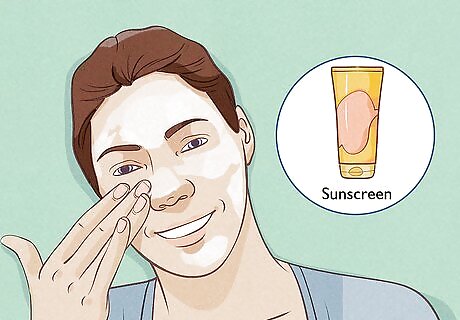
Put sunscreen on your face. While they contain many other beneficial ingredients, most sheet masks don’t include sun protection. If you’re using your sheet mask in the morning, put a product on your face that has an SPF afterwards to protect your skin from the sun all day. Go without the sunscreen if your moisturizer has an SPF.
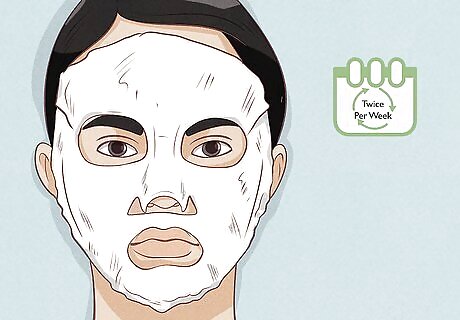
Use sheet masks as often as you want. Sheet masks contain ingredients that are good for your skin, so nothing bad should happen if you use them frequently. For optimal skin improvement, try using sheet masks once or twice per week. Or, simply use sheet masks as often as your skin seems to need them.

















Comments
0 comment